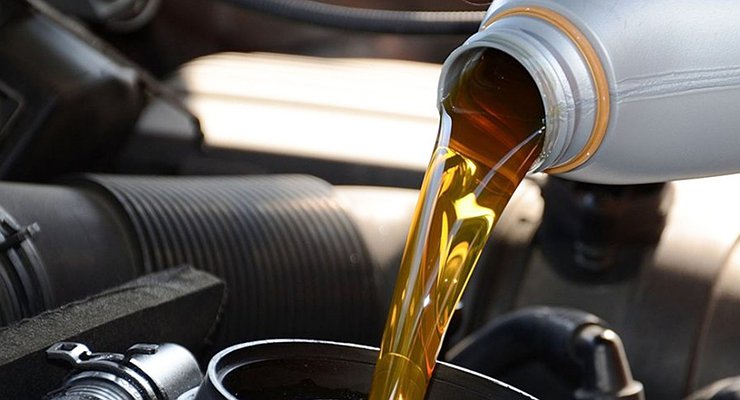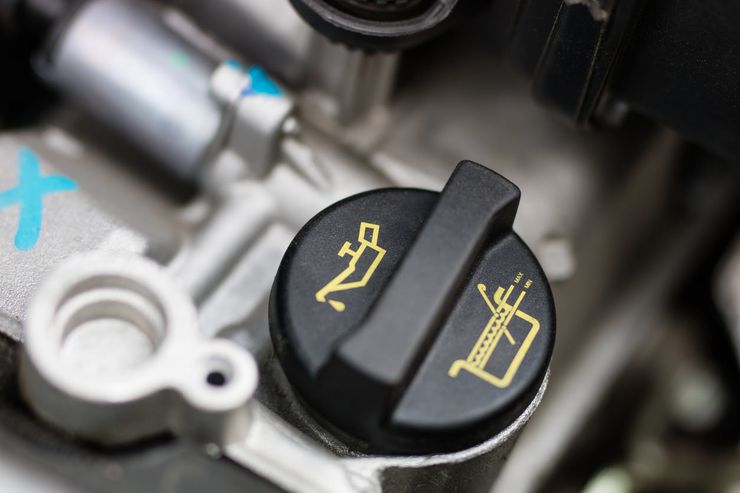Which cars are contraindicated for low viscosity oils?
- May 14, 2022
- 0
In recent years, car manufacturers have increasingly recommended the use of low-viscosity oils. But the problem is that there are many engines, and such a lubricant is not
In recent years, car manufacturers have increasingly recommended the use of low-viscosity oils. But the problem is that there are many engines, and such a lubricant is not

To begin with, let’s consider which oils can be called low viscosity. For this they usually look at the SAE classification. It is the most common and most drivers can navigate through it. So products with indices 0W16, 0W20, 0W30 are classified as low viscosity and 5W40 or 5W50 can be classified as full viscosity.
With 5W30 oil it is more difficult. From different manufacturers, it can have both low viscosity and full viscosity. That’s why we look at another indicator – HTHS. Translated, it is “high temperature viscosity at high shear rate”, measured in millipascals per second (mPa/s). So, if this indicator is less than 3.5 MPa / s, then such an oil is called low viscosity. If more, then full viscosity.
The advantage of low viscosity oils is that they save fuel and reduce engine wear. Recall that modern engines have small gaps between parts, and such a lubricant can quickly penetrate all parts of the engine and reliably protect friction surfaces from wear. This reduces friction losses and increases energy savings. High viscosity oils cannot do this.
But if we take the old engine, it turns out the opposite. Low viscosity oils in such a unit cannot form a sufficiently strong film between rubbing pairs, leading to cylinder wear and overhaul. Therefore, if the car in which you are going to fill fresh oil was released in 2000 or earlier, then it is better to forget about low-viscosity oils. The same applies to cars of the ecological class “Euro-3” and below.
Also, low viscosity oils are contraindicated for high mileage engines. Here we make a caveat that the mileage is an average value, and it is better not to calculate it per kilometer, but per engine hours. After all, let’s say 50,000 km in the city can “wear out” the engine and 100,000 km outside the city. After all, the tax on the job is much less.
Finally, with structurally old engines that are still in production, we also do not recommend topping up such oil. Let’s take Chevrolet’s Small-Block chassis as an example. These engines are more than 50 years old, but can still be found on various models. Therefore, the bay is a low-viscosity oil, the car owner does not get fuel consumption. This is because the engine is simply not designed for such a lubricant.
SUBSCRIBE FOR EXCLUSIVE CONTENT
PORTAL “AVTOVGLYAD” IN TELEGRAM

To begin with, let’s consider which oils can be called low viscosity. For this they usually look at the SAE classification. It is the most common and most drivers can navigate through it. So products with indices 0W16, 0W20, 0W30 are classified as low viscosity and 5W40 or 5W50 can be classified as full viscosity.
With 5W30 oil it is more difficult. From different manufacturers, it can have both low viscosity and full viscosity. That’s why we look at another indicator – HTHS. Translated, it is “high temperature viscosity at high shear rate”, measured in millipascals per second (mPa/s). So, if this indicator is less than 3.5 MPa / s, then such an oil is called low viscosity. If more, then full viscosity.
The advantage of low viscosity oils is that they save fuel and reduce engine wear. Recall that modern engines have small gaps between parts, and such a lubricant can quickly penetrate all parts of the engine and reliably protect friction surfaces from wear. This reduces friction losses and increases energy savings. High viscosity oils cannot do this.
But if we take the old engine, it turns out the opposite. Low viscosity oils in such a unit cannot form a sufficiently strong film between rubbing pairs, leading to cylinder wear and overhaul. Therefore, if the car in which you are going to fill fresh oil was released in 2000 or earlier, then it is better to forget about low-viscosity oils. The same applies to cars of the ecological class “Euro-3” and below.
Also, low viscosity oils are contraindicated for high mileage engines. Here we make a caveat that the mileage is an average value, and it is better not to calculate it per kilometer, but per engine hours. After all, let’s say 50,000 km in the city can “wear out” the engine and 100,000 km outside the city. After all, the tax on the job is much less.
Finally, with structurally old engines that are still in production, we also do not recommend topping up such oil. Let’s take Chevrolet’s Small-Block chassis as an example. These engines are more than 50 years old, but can still be found on various models. Therefore, the bay is a low-viscosity oil, the car owner does not get fuel consumption. This is because the engine is simply not designed for such a lubricant.
SUBSCRIBE FOR EXCLUSIVE CONTENT
PORTAL “AVTOVGLYAD” IN TELEGRAM
Source: Avto Vzglyad
I’m Sandra Torres, a passionate journalist and content creator. My specialty lies in covering the latest gadgets, trends and tech news for Div Bracket. With over 5 years of experience as a professional writer, I have built up an impressive portfolio of published works that showcase my expertise in this field.